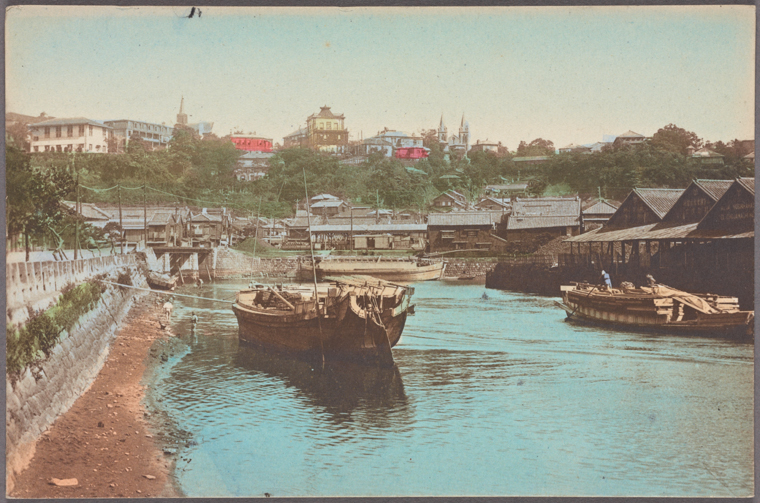
This seems like a strange question, but examining costs of items and salaries can offer interesting insights into history. I came across this information while I worked on approximating a reasonable cost for an item in one of my stories. The detail matters for the plotline, so I wanted some accuracy.
The data in this post comes from the American Consulate posted in Japan during the early 1900s. It includes government salaries and, more interestingly, the prices of items in Yokohama, Tokyo, and Osaka in 1910. To make the following charts somewhat useful, I converted the USD posted to 1910 Yen and also included the cost it would be in today’s USD for each city. Please see the references below for my data. I use a rounded conversion rate of $0.50 USD per yen (Lodge, 1911, New World Economics, 2017). The best calculation I can get for today’s inflation uses 1913 data. As is often the case in history, the numbers are approximate.
So to convert 1910 USD to 1910 Yen, given 1 yen / $0.50:
The following prices are wholesale and are rounded.
Item | Yokohama | Tokyo | Osaka | ||||||
1910 Yen | 1910 USD | Today’s USD | 1910 Yen | 1910 USD | Today’s USD | 1910 Yen | 1910 USD | Today’s USD | |
Beef | 25.5 | 12.75 | 361.62 | 25.2 | 12.60 | 357.36 | — | — | — |
Pork | 16.5 | 8.25 | 233.99 | 16.3 | 8.15 | 234.15 | — | — | — |
Bonito | 63.6 | 31.80 | 901.91 | 64.4 | 32.20 | 913.26 | 83.2 | 41.60 | 1,179.86 |
Rice | 2.7 | 1.35 | 38.29 | 2.84 | 1.42 | 40.27 | 2.42 | 1.21 | 34.32 |
Wheat | 1.18 | 0.59 | 16.73 | 1.22 | 0.61 | 17.30 | 2.2 | 1.10 | 31.20 |
Barley | 0.46 | 0.23 | 6.52 | 0.48 | 0.24 | 6.81 | 0.98 | 0.49 | 13.90 |
Flour | 3.18 | 1.59 | 45.10 | 3.22 | 1.61 | 45.66 | — | — | — |
Eggs | 2.7 | 1.35 | 38.29 | 2.52 | 1.26 | 35.71 | 2.54 | 1.27 | 36.02 |
Soy | 0.7 | 0.35 | 9.93 | 0.62 | 0.31 | 8.79 | 0.4 | 0.20 | 5.67 |
Cotton | 24.74 | 12.37 | 350.84 | 25.12 | 12.56 | 356.23 | — | — | — |
Coal | 10 | 5.00 | 141.81 | 11.6 | 5.80 | 164.50 | 10.62 | 5.31 | 150.60 |
Pig Iron | 7.8 | 3.90 | 110.61 | 7.8 | 3.90 | 110.61 | 68.2 | 34.10 | 967.15 |
Petroleum | 3.96 | 1.98 | 56.16 | 4.06 | 2.03 | 57.57 | 3.86 | 1.93 | 54.74 |
Brick | 145.6 | 72.80 | 2,064.76 | 147.8 | 73.90 | 2,095.95 | — | — | — |
Salt | 1.24 | 0.62 | 17.58 | 1.18 | 0.59 | 16.73 | 0.78 | 0.39 | 11.06 |
Sugar | 14.18 | 7.09 | 201.09 | 14.3 | 7.15 | 202.79 | 18.7 | 9.35 | 265.19 |
Tea | 31.5 | 15.75 | 446.70 | 31.92 | 15.96 | 452.66 | 51 | 25.50 | 723.23 |
Milk | 0.7 | 0.35 | 9.93 | 0.78 | 0.39 | 11.06 | 0.56 | 0.28 | 7.94 |
Rent | 16.5 | 8.25 | 233.99 | 16 | 8.00 | 226.90 | — | — | — |
So that’s a lot of numbers! But why does it matter what things cost over 100 years ago? Well, if you are a writer, the costs of items can add authenticity to your work. These are wholesale bulk prices, so you would have to do some adjusting and add in a profit margin (35% is the modern minimum). The real value of these numbers appears when you look at the pages of different social classes. It gives you a perspective as to how easy or difficult materials were to acquire. The items listed above for economic staples and required for trade or for general living. The rent Lodge included was particularly interesting. Compare these rent prices to London ($1,000 to $5,000 per year) or to Liverpool ($1.46-$2.55 per week) (Lodge, 1911).
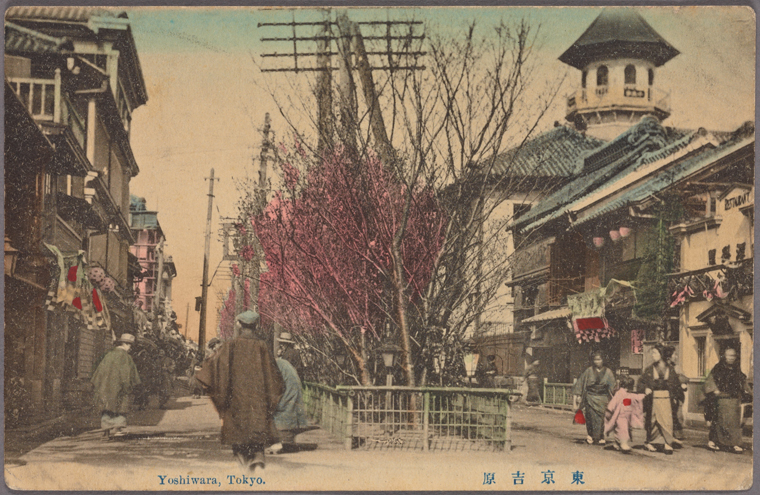
But without knowing the salaries of workers, we can’t get a good idea of the cost for living. Fortunately, Lodge included different salaries for Japanese government workers in the three cities. These charts are pretty detailed, drilling through each position in the government of each city, including navy ranks, school teachers, the army, and high government positions. If you are curious, I recommend you take a look for yourself (pages 1372-1381). I will touch on a few positions. In this case, Lodge presents these yearly salaries in yen for Yokohama. I will convert them to 1910 and today’s USD.
Yokohama | |||
Position | 1910 Yen | 1910 USD | Today’s USD |
Mayor | 3500 | 1750 | 49,633.57 |
Police (First Grade) | 242 | 121 | 3,431.81 |
Mail Carrier (senior) | 252 | 126 | 3,573.62 |
Mail Carrier (apprentice) | 126 | 63 | 1,786.81 |
Principal (Girls High School) | 1300 | 650 | 18,435.33 |
Principal (Boys High School) | 1400 | 700 | 19,853.43 |
Common Instructor (Boys Middle School) | 360 | 180 | 5,105.17 |
Now that we have some salary numbers, let’s consider the costs of living in brief. We can’t get a fully accurate measure of living costs from what we have here, but we can get a general idea. Rent in Yokohama cost 16.50Y a month or 198Y a year. That would price out our apprentice mail carrier and cost our common instructor and high-ranked policeman a good portion of his salary. These are averages of course, but it is an interesting metric. Consider now the price of shoes, which I didn’t include in the table, at 3.5Y. Consider, too, the cost of a gallon of soy sauce at 0.70Y against the wages you see above.
We have a tendency to compare our salaries against those of history, which is why I included the conversion to USD. When you can compare the average budget–the above salaries are not average; the lower class worker would make much less–against expenses, you get a better idea of how people lived. Lodge doesn’t offer a ground-level view of the household budget, but his book is interesting. You can compare the cost of goods from all over the world and get an approximate idea of how the markets of the time compared to each other. For market and economics nerds, this can be a fun exercise. I’m more interested in the lives of everyday people, which isn’t reflected in Lodge’s book. But the snapshots give you a good idea of costs. Take the wholesale, divide it into household portions, and add a profit margin. So for example, ten eggs in Yokohama would cost 0.36Y (with a 35% profit margin) or $10.21 in today’s dollars. So don’t complain about the cost of eggs in today’s supermarket!
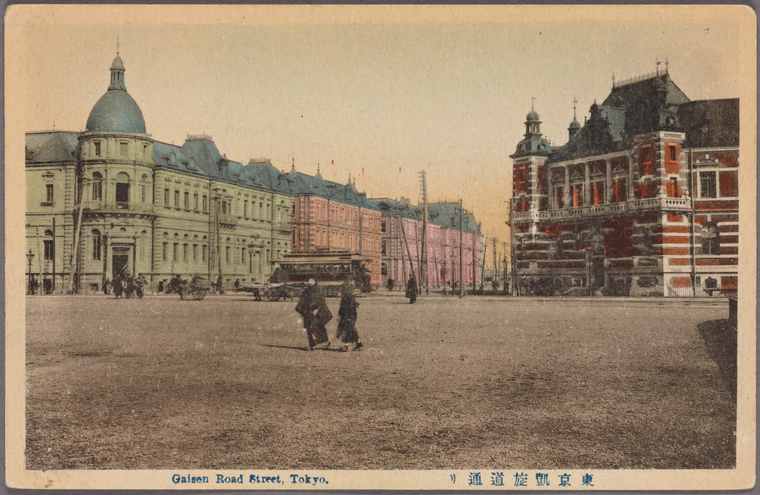
If you see errors in my math, let me know! Math isn’t my strong suit, but sometimes history requires you to run numbers to get an idea of how people may have lived. I also wanted to give you an idea of how you can tease out general ideas of how people lived from tables of numbers. Economics, from bartering to our modern financial products, underpins history. People trade to survive, and based on economics data you can get an idea of what that survival and quality of life looked like. History sits in the fine points. For example, teahouses in Japan measured a geiko’s time with guests (geiko is the Kyoto word for geisha, another small historical detail) by burning sticks of incense. Each stick measured an hour, which the teahouse would send off to the geiko’s local association which tracked all these transactions. The association, or in earlier cases the teahouse itself, would then charge the client who asked for the tea party. The rates varied based on how many geiko were attending the party, the rank of the geiko, the catering offered, and other details.
Again, economics matters for understanding history, even if what we know of costs and prices and incomes are fragmentary. By tracking prices and the types of goods available, we can track the health and quality of life a civilization offered its people. Many civilizations were surprisingly diverse in goods. Rome, for example, had trade networks with China and India. There’s evidence that South America during the Paleolithic era–or thereabouts, information becomes fuzzy after a point–had trade connections with the Jomon people of Japan and with China. It’s a mistake to think past civilizations were primitive or that our way of doing economics is the best way.
References
Lodge, Henry Cabot (1911) Investigation relative to wages and prices of commodities. https://catalog.hathitrust.org/Record/008609815
New World Economics (2017) Foreign Exchange Rates 1914-1941. https://newworldeconomics.com//wp-content/uploads/2017/01/Foreign-Exchange-Rates-1914-1941.pdf
U.S. Bureau of Labor Statics. CPI Calculator. https://www.bls.gov/data/inflation_calculator.htm
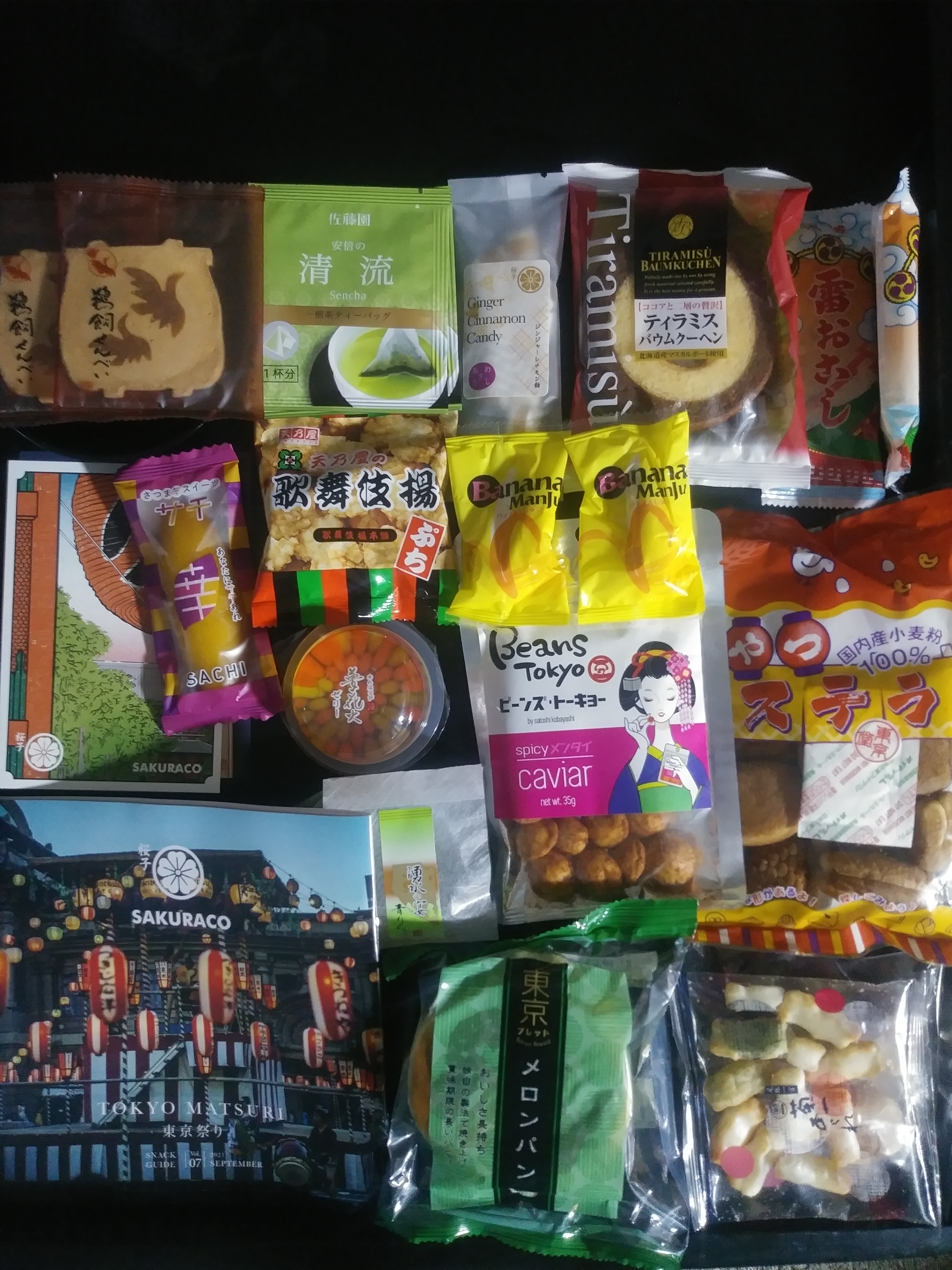
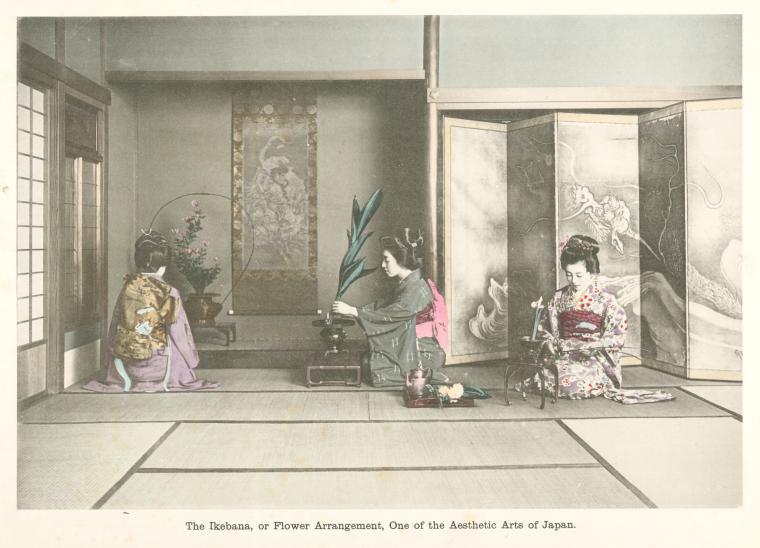

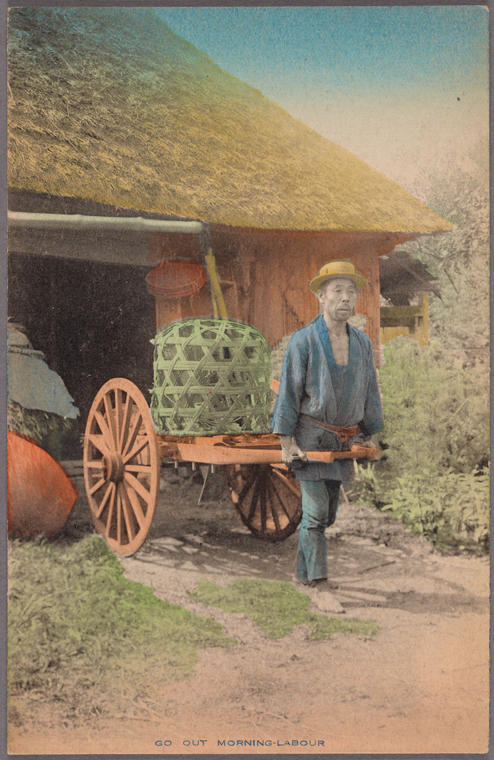
Interesting that a principal of a girls’ school and a boys’ school paid almost the same.
Yes, I found that little detail interesting too!
Some great research here! Definitely useful as a strategy for anyone writing for a different time period. Would have been useful to have the actual rates of these things in today’s USD in addition to the conversion across 100 years.
I considered adding commodity prices, but they are traded differently than in the past. If anyone is curious about them, you can look up what they are trading for on various stock market information websites, such as Bloomberg.